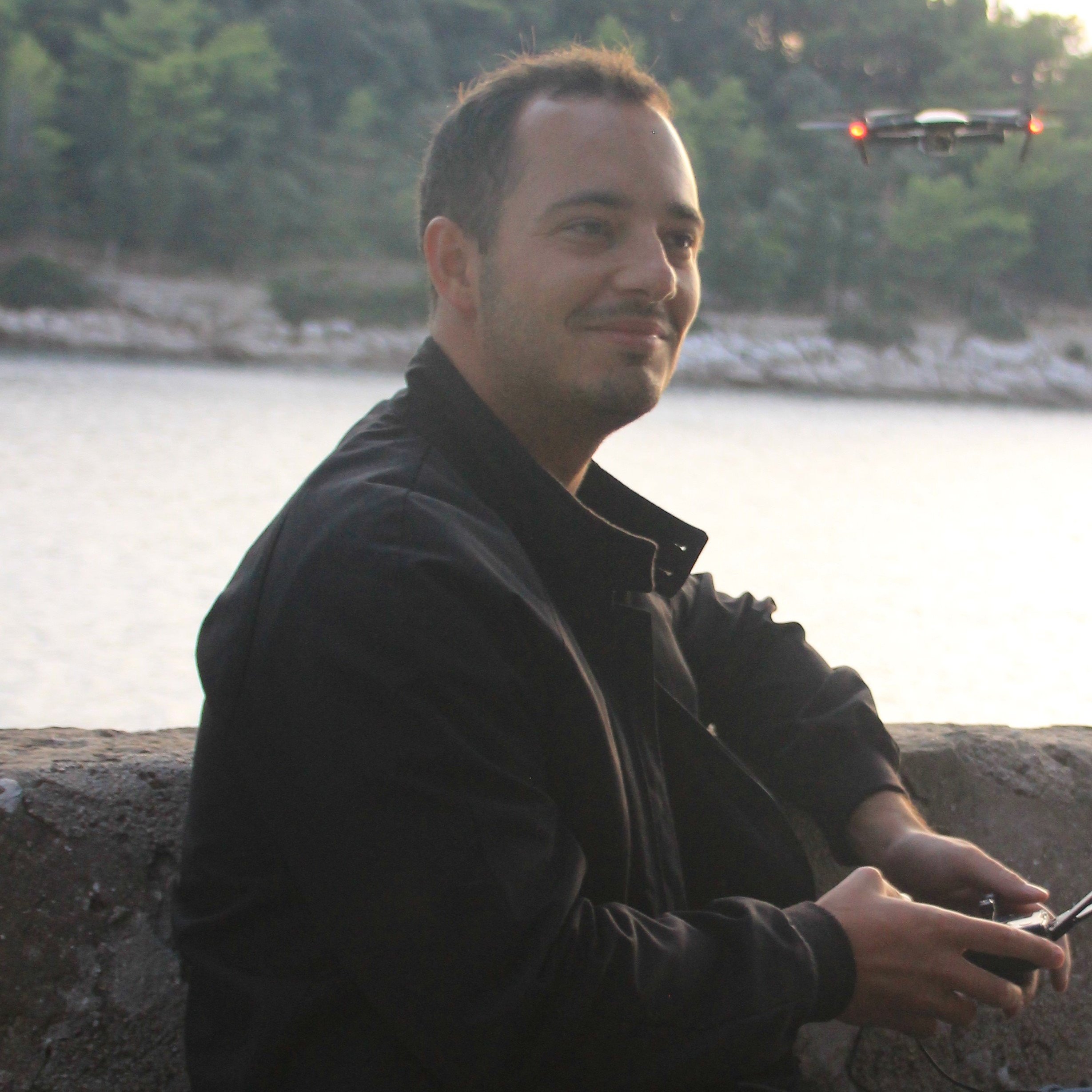When it comes to the adoption of drone use in the construction industry, these enterprises have long been leading the way. The number of projects benefiting from an eye in the sky grew by almost 240% in 2018 alone with drones in construction.
That spike is the result of several factors. On the one hand, the past few years have seen drone technology reach a point at which it can be safely and reliably used in work environments.
On the other, the sheer number of possible applications being realized means that, no matter the construction project, the use of a drone at some stage will inevitably lead to time being saved, costs being cut, workflows being streamlined, or safety levels being improved.
Many of the applications of drones in the construction industry aren’t so different from those you’ll find in the fields of cinematography, industrial inspection, and even the real estate business. Flying cameras are useful tools, whether you’re shooting a movie, inspecting a bridge or creating marketing material for a property listing.
Drones are impacting Architecture, Engineering and Construction (AEC) projects in two main ways. First: streamlining workflows and speeding up the project planning of construction. And second: improving safety by removing the need to put workers at risk, enabling regular inspections for site management, and contributing to greater overall site visibility.
Below are some of the best ways to leverage drone construction services as part of the construction planning process.
High-quality data in a fraction of the time
Before bids are submitted and any work can get underway, every aspect of a construction project needs to be carefully planned. To make that happen, AEC professionals need access to detailed information about the worksite.
The rise of drones, sophisticated payloads and powerful mapping software have put the ability to accurately survey a worksite within reach like never before.
Construction firms can now utilize drone construction plans and bid for projects with the help of highly accurate orthomosaics. These aerial photos can be used to measure distance, elevation, area, volume, and stockpile size, as well as build 3D models.
For companies that tend to carry out surveying and mapping in-house, the use of drones in construction takes productivity to the next level. A drone with a preset flight path paired with powerful mapping software can carry out a mission in a fraction of the time of a manual survey.
The benefits of working with drones and construction come to the fore when you start using 3D models to support decision making. An interactive model allows customers and stakeholders to collaborate and explore a job site remotely, offering a literal and figurative 360-degree perspective of the project.
Better still, drone maps can be overlaid with CAD files to bring design plans life. This can be done before construction gets underway and as a project progresses, giving management the ability to track whether building works are staying in line with original plans.
Setting new safety standards
All of the above has focused on the gritty reality of running a construction business in an industry reliant on fine margins and small efficiencies. But not all costs can be quantified. The priority for any employer is the health and safety of its staff.
Using drone technology during the construction planning process and beyond reduces the risk staff are exposed to during inspections and surveys. Accidents happen in the world of construction. With drones on your team, they happen less.
The construction industry is characterized by small margins. Innovating, developing more efficient workflows and harnessing the latest technology are all prerequisites of survival.
Using a drone to map worksites is an advance that quickly pays for itself, while you can’t put a price on the safety culture upgrade that comes with sending flying robots into harm’s way, rather than humans.
Stay one step ahead of the competition and talk to DroneBase about incorporating drone technology into your construction operations.





.jpg?width=360&name=Banner%20Templates%20(7).jpg)